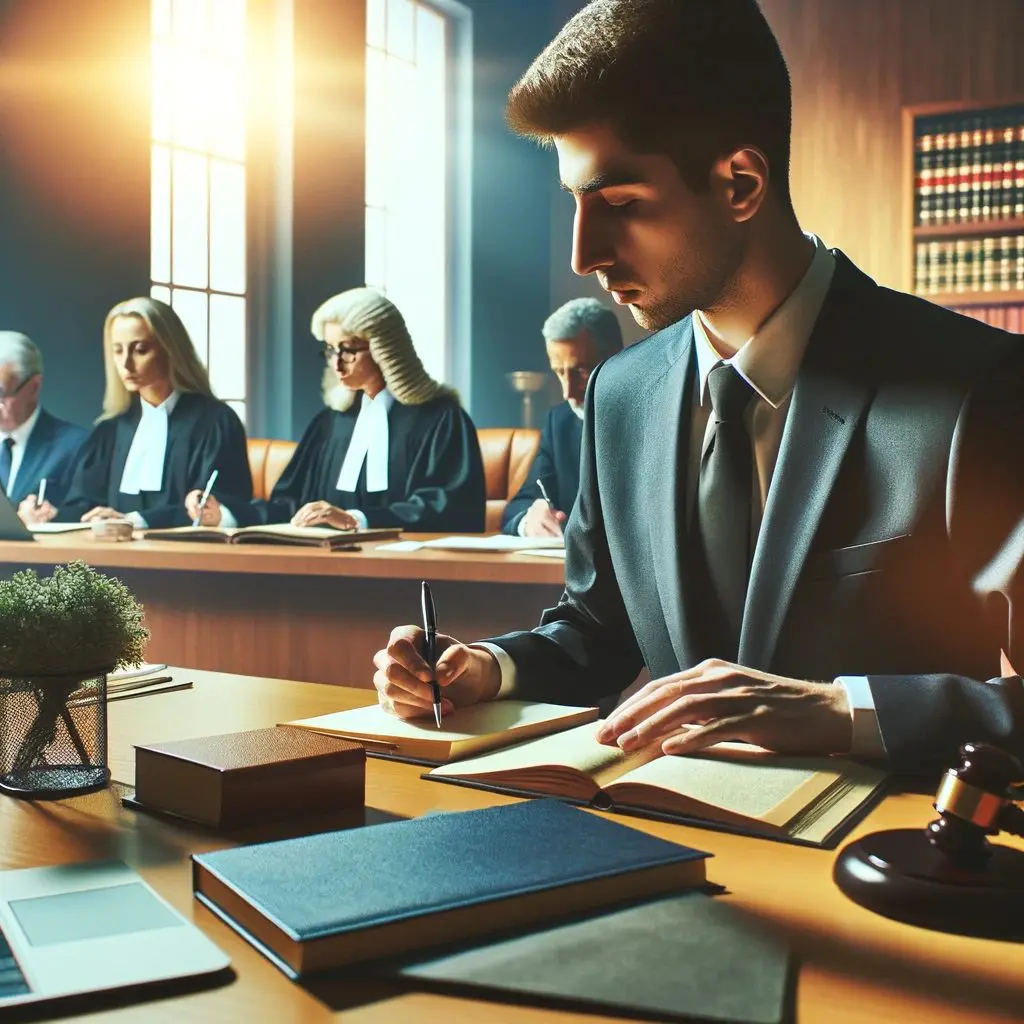Criminal Trial
An Insider’s Guide to the Criminal Trial Process and Procedures
Criminal trials are a fundamental aspect of the justice system, serving as a critical process for determining guilt or innocence in criminal cases. Understanding the various stages and legal nuances of a criminal trial is essential for legal professionals, defendants, and anyone interested in the workings of the judicial system.
The trial process begins with jury selection, where jurors are chosen to hear the case. This phase, known as voir dire, is crucial for ensuring an impartial jury. Attorneys from both sides may question potential jurors to identify any biases that might affect their judgment.
Once the jury is selected, the trial moves to opening statements. Both the prosecution and defense outline their cases, setting the stage for the evidence and testimonies to come. These statements are not evidence but provide a roadmap of what each side intends to prove.
The presentation of evidence is the centerpiece of the trial. The prosecution goes first, presenting its case through witness testimonies, physical evidence, and expert opinions. The defense then presents its case, which may include its own witnesses and evidence. Cross-examination by opposing counsel is a critical part of this process, allowing for the scrutiny of the evidence and testimonies.
Legal trials operate under strict rules of evidence and procedure to ensure fairness. These rules determine what evidence can be presented and how it should be introduced. The judge oversees the trial, ensuring that these rules are followed and making rulings on objections raised by the attorneys.
After both sides have presented their cases, the trial moves to closing arguments. Here, each side summarizes their case, emphasizing the evidence that supports their arguments. The closing argument is a crucial opportunity for each side to persuade the jury before deliberation.
The jury’s deliberation is the next step. Jurors review the evidence and arguments presented during the trial to reach a verdict. In criminal trials, the standard for a guilty verdict is beyond a reasonable doubt, reflecting the high stakes of these proceedings.
If the defendant is found guilty, the trial moves to the sentencing phase. Sentencing can range from fines and probation to imprisonment, depending on the crime’s severity and the defendant’s criminal history.
Appeals are an integral part of the criminal justice system, allowing for the review of trial proceedings to ensure legal correctness. If errors are identified that could have affected the outcome, the appellate court may order a new trial or alter the sentence.
Criminal trials also have significant societal implications. They serve as a public demonstration of the legal system in action and can influence public perception and legal reforms. The conduct and outcome of high-profile trials, in particular, can have far-reaching impacts.
In conclusion, criminal trials are complex and multifaceted, requiring a thorough understanding of legal procedures, evidence, and courtroom dynamics. They are essential for maintaining the rule of law, protecting individual rights, and ensuring that justice is served in criminal cases.




